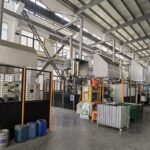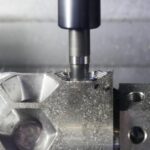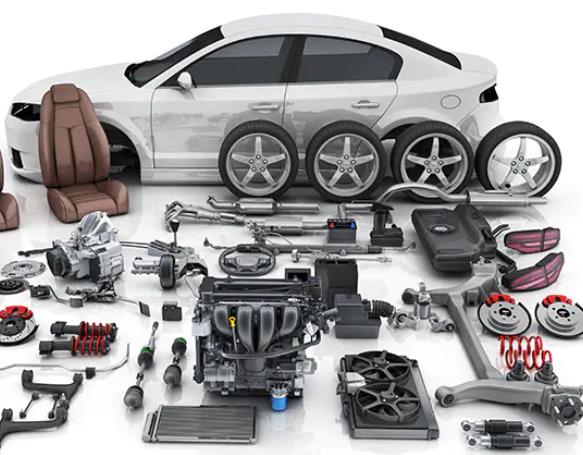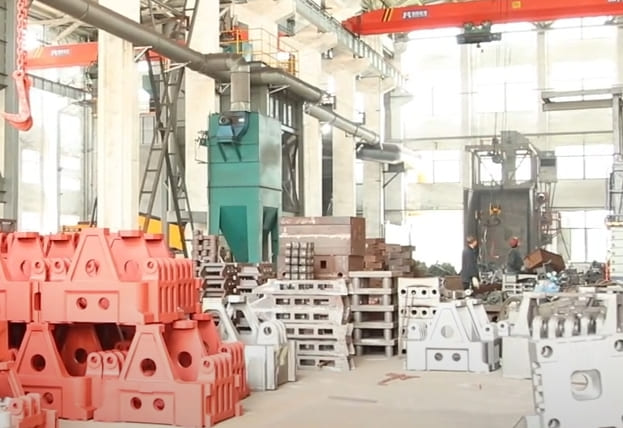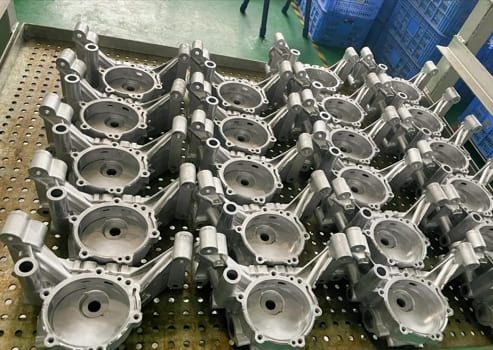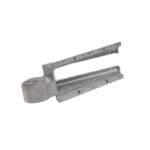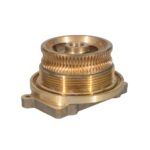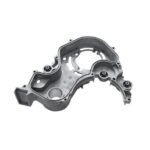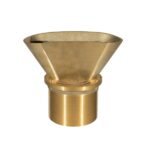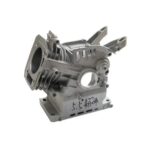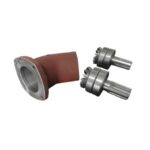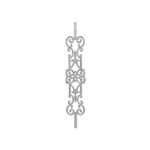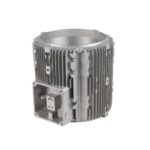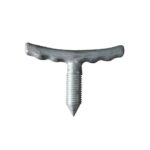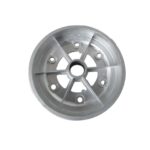both spellings are accepted. “Aluminum” is standard in the United States and Canada, while “Aluminium” is standard in the United Kingdom and most of the world. The international chemistry body IUPAC prefers aluminium but recognizes aluminum as a valid variant; the American Chemical Society uses aluminum. If you email suppliers across regions, use the spelling your reader expects—or simply write “Aluminum/Aluminium (Al)” once and continue with your preferred form.
A short story of two spellings
In the early 1800s, British chemist Sir Humphry Davy proposed several names while the element was being isolated and characterized. Publications of that era show alumium → aluminum → aluminium in quick succession. British journals and dictionaries settled on aluminium, aligning it with elements ending -ium. Across the Atlantic, American lexicographer Noah Webster and U.S. publishers pushed for consistent, readable forms—think sulfur (not sulphur), meter (not metre). Over the 19th–20th centuries, aluminum became the American scientific and industrial standard. By the time chemistry societies and handbooks were harmonized in the late 20th century, both spellings were entrenched regionally.
Regional usage at a glance
Use this when you write emails, datasheets, or web copy and want to match expectations.
| Region / Institution | Preferred spelling | What this means in practice |
|---|---|---|
| United States | Aluminum | Use in RFQs, drawings, COAs, packing lists for U.S. buyers. |
| Canada | Aluminum | Canadian standards and trade documents follow U.S. usage. |
| United Kingdom | Aluminium | Use for UK clients and British Standards references. |
| EU & most countries | Aluminium | Common across Europe, Asia-Pacific, and Africa. |
| IUPAC (nomenclature) | Aluminium (accepts aluminum) | Research papers and textbooks often follow aluminium. |
| American Chemical Society | Aluminum | U.S. journals, textbooks, and style guides follow aluminum. |
Practical tip: When your audience spans regions, write “Aluminum/Aluminium (Al)” at first mention, then continue with the reader’s preferred form.
Does the spelling change anything technical?
No. Alloy designations, standards, and CAS/EC numbers don’t change. A 6061-T6 plate is 6061-T6 whether your document says aluminum or aluminium. The same goes for A380 or ADC12 castings, HS codes, REACH declarations, and IPC/UL references. The spelling only affects language and style, not material identity.
Why buyers and engineers should still care
Consistency saves time. Mixed spellings in filenames, PO lines, and shipping marks create small frictions: duplicated search results, version confusion, or customs queries. Choose the form your reader expects, keep it consistent across files, and your workflow stays clean.
- Subject lines: “RFQ — Aluminum Die Casting, A380, 20k pcs/yr” (US/CA) vs “RFQ — Aluminium Die Casting…” (UK/EU).
- Drawing notes: First line: “Aluminum/Aluminium (Al) housing; target mass ≤ 320 g.”
- File names:
bracket_aluminum_A380.stepfor U.S. customers;bracket_aluminium_A380.stepfor UK/EU. - Website copy: H1 uses the main audience spelling; show the alternate once in the intro so both queries are satisfied.
Pronunciation
Say what you write. Aluminum is typically /ə-LOO-mə-nəm/; aluminium is /al-yoo-MIN-ee-əm/. If you’re presenting to a mixed room, choose one form and stick with it; people care more about clarity than about winning a spelling debate.
Two spellings survive because publishing traditions and style authorities evolved differently on each side of the Atlantic. That’s okay. Choose the form that fits your audience, keep your documents consistent, and focus on the engineering choices that actually move weight, cost, and lead time.
Related Topics You Might Be Looking For
Is aluminium a metal or non-ferrous metal—what does that mean for recycling?
Aluminium is a non-ferrous metal, so it contains no iron and won’t rust. For buyers this matters in two ways: it’s highly recyclable with low down-cycling, and it stays lighter than steel for the same envelope. If you’re weighing enclosure options by life-cycle cost, start here. → Read more: Non-ferrous advantages in die-cast housings.
Aluminum vs copper for heat sinks: when does the spelling debate meet thermal math?
Spelling aside, heat sinks live or die by thermal conductivity, mass, and fin geometry. Aluminium wins on weight and cost, copper wins on conductivity and footprint. For LED drivers and power electronics, we compare real watts per kelvin per dollar. → Read more: Aluminum vs copper heat sink guide.
Aluminum vs iron/steel: density, stiffness, and how parts actually weigh out
Engineers mix density with stiffness all the time. Aluminium is ~2.70 g/cm³ vs steel ~7.85, but the modulus difference means you may need more section height in aluminium designs. We show practical part-level weight trades. → Read more: Density & stiffness explained for casting buyers.
Common aluminum alloys in die casting (A380, ADC12, AlSi10Mg): which one should you choose?
If your question started as a spelling check, it usually ends as an alloy choice. A380 offers all-round castability, ADC12 aligns with JIS supply chains, and AlSi10Mg trades fluidity for strength/corrosion. → Read more: A380 vs ADC12 vs AlSi10Mg.
Why aluminum dominates decorative and outdoor lighting parts
For luminaires, aluminium combines low mass, corrosion resistance, and finish options (powder coat, anodize). We show wall thickness ranges, venting tips, and salt-spray practices for coastal installs. → Read more: Die-cast lighting housings guide.
Documentation hygiene for global projects (spellings, file names, shipping marks)
Mixed spellings hide files from search and confuse POs. Our template standardizes subject lines, drawing prefixes, STEP filenames, and packing marks for US/UK/EU shipments. Copy it and save your team hours. → Read more: Buyer wording & file naming template.



